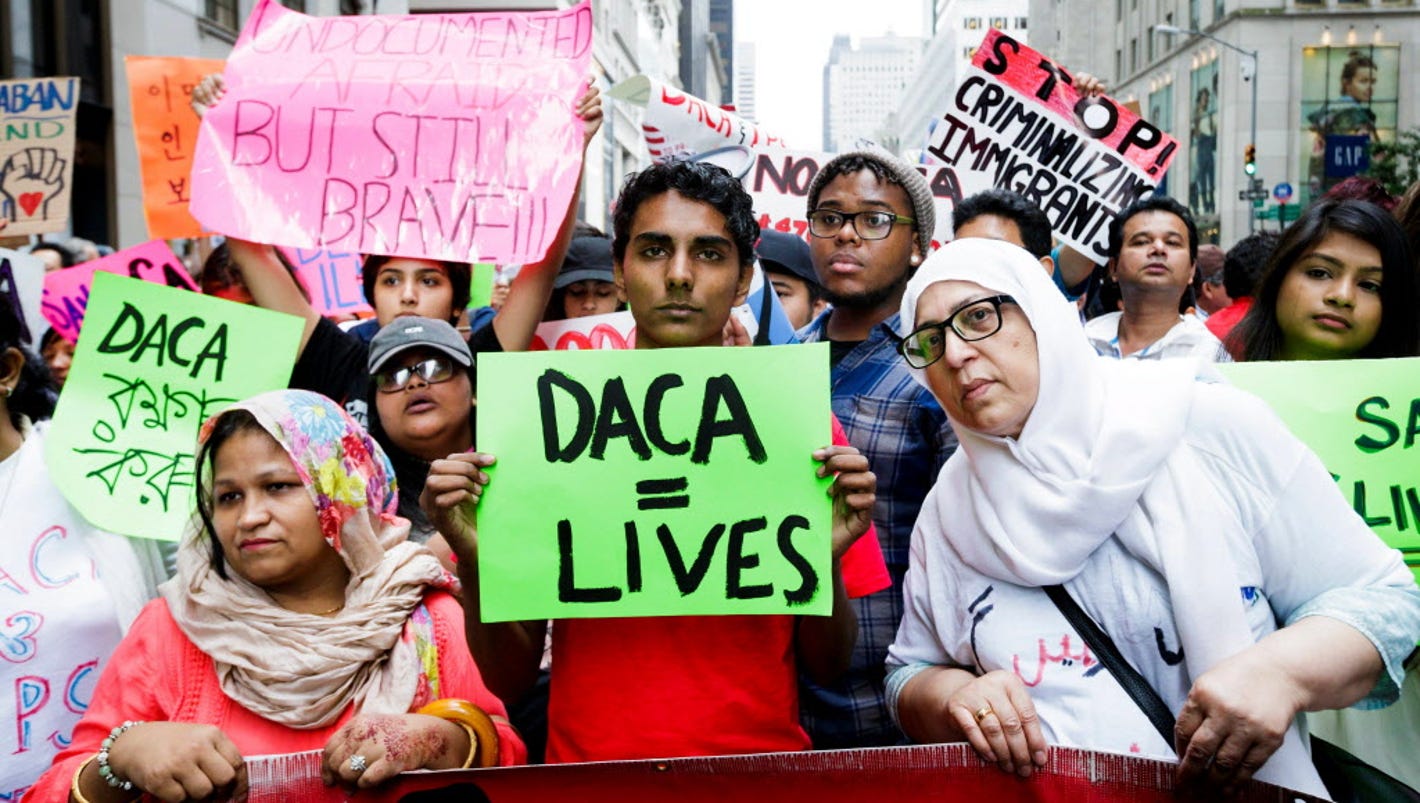Over the past year, the local jurisdictions have pushed back hard on the administration’s attempts to force them to abandon their stance by cutting off federal funding to them, with some like Chicago filing lawsuits against the Justice Department.
Mr. Emanuel’s office has called the Justice Department’s actions “misguided.” And district court judges in California and Illinois have filed preliminary nationwide injunctions blocking the department from denying grant money to sanctuary cities.
On Wednesday, 15 attorneys general filed a brief in support of the Chicago lawsuit, saying that the administration’s efforts to pull federal funds from sanctuary jurisdictions infringes on their right to set their own law enforcement policies.
“The Trump administration cannot strip a city or a police department of these critical funds, simply because they don’t like its policies,” Eric T. Schneiderman, the New York attorney general, said in a statement. More here.
Justice Department Demands Documents and Threatens to Subpoena 23 Jurisdictions As Part of 8 U.S.C. 1373 Compliance Review
The Department of Justice today sent the attached letters to 23 jurisdictions, demanding the production of documents that could show whether each jurisdiction is unlawfully restricting information sharing by its law enforcement officers with federal immigration authorities.
All 23 of these jurisdictions were previously contacted by the Justice Department, when the Department raised concerns about laws, policies, or practices that may violate 8 U.S.C. 1373, a federal statute that promotes information sharing related to immigration enforcement and with which compliance is a condition of FY2016 and FY2017 Byrne JAG awards.
The letters also state that recipient jurisdictions that fail to respond, fail to respond completely, or fail to respond in a timely manner will be subject to a Department of Justice subpoena.
“I continue to urge all jurisdictions under review to reconsider policies that place the safety of their communities and their residents at risk,” said Attorney General Jeff Sessions. “Protecting criminal aliens from federal immigration authorities defies common sense and undermines the rule of law. We have seen too many examples of the threat to public safety represented by jurisdictions that actively thwart the federal government’s immigration enforcement—enough is enough.”
Failure to comply with section 1373 could result in the Justice Department seeking the return of FY2016 grants, requiring additional conditions for receipt of any FY2017 Byrne JAG funding, and/or jurisdictions being deemed ineligible to receive FY2017 Byrne JAG funding.
The following jurisdictions received the document request today:
- Chicago, Illinois;
- Cook County, Illinois;
- New York City, New York;
- State of California;
- Albany, New York;
- Berkeley, California;
- Bernalillo County, New Mexico;
- Burlington, Vermont;
- City and County of Denver, Colorado;
- Fremont, California;
- Jackson, Mississippi;
- King County, Washington;
- Lawrence, Massachusetts;
- City of Los Angeles, California;
- Louisville Metro, Kentucky;
- Monterey County, California;
- Sacramento County, California;
- City and County of San Francisco, California;
- Sonoma County, California;
- Watsonville, California;
- West Palm Beach, Florida;
- State of Illinois; and
- State of Oregon.






 So, while President Trump has again changed his schedule to attend the DAVOS World Economic Forum, there are some key items on the agenda.
So, while President Trump has again changed his schedule to attend the DAVOS World Economic Forum, there are some key items on the agenda.
